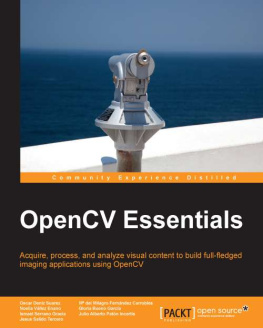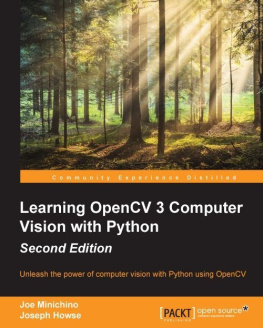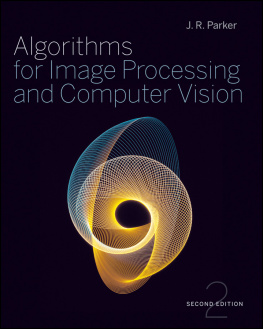Gloria Bueno Garcia - Learning Image Processing with OpenCV
Here you can read online Gloria Bueno Garcia - Learning Image Processing with OpenCV full text of the book (entire story) in english for free. Download pdf and epub, get meaning, cover and reviews about this ebook. year: 2015, publisher: Packt Publishing, genre: Computer. Description of the work, (preface) as well as reviews are available. Best literature library LitArk.com created for fans of good reading and offers a wide selection of genres:
Romance novel
Science fiction
Adventure
Detective
Science
History
Home and family
Prose
Art
Politics
Computer
Non-fiction
Religion
Business
Children
Humor
Choose a favorite category and find really read worthwhile books. Enjoy immersion in the world of imagination, feel the emotions of the characters or learn something new for yourself, make an fascinating discovery.
- Book:Learning Image Processing with OpenCV
- Author:
- Publisher:Packt Publishing
- Genre:
- Year:2015
- Rating:4 / 5
- Favourites:Add to favourites
- Your mark:
Learning Image Processing with OpenCV: summary, description and annotation
We offer to read an annotation, description, summary or preface (depends on what the author of the book "Learning Image Processing with OpenCV" wrote himself). If you haven't found the necessary information about the book — write in the comments, we will try to find it.
Exploit the amazing features of OpenCV to create powerful image processing applications through easy-to-follow examples
About This Book- Learn how to build full-fledged image processing applications using free tools and libraries
- Take advantage of cutting-edge image processing functionalities included in OpenCV v3
- Understand and optimize various features of OpenCV with the help of easy-to-grasp examples
If you are a competent C++ programmer and want to learn the tricks of image processing with OpenCV, then this book is for you. A basic understanding of image processing is required.
In DetailOpenCV, arguably the most widely used computer vision library, includes hundreds of ready-to-use imaging and vision functions and is used in both academia and enterprises.
This book provides an example-based tour of OpenCVs main image processing algorithms. Starting with an exploration of library installation, wherein the library structure and basics of image and video reading/writing are covered, you will dive into image filtering and the color manipulation features of OpenCV with LUTs. Youll then be introduced to techniques such as inpainting and denoising to enhance images as well as the process of HDR imaging. Finally, youll master GPU-based accelerations. By the end of this book, you will be able to create smart and powerful image processing applications with ease! All the topics are described with short, easy-to-follow examples.
Gloria Bueno Garcia: author's other books
Who wrote Learning Image Processing with OpenCV? Find out the surname, the name of the author of the book and a list of all author's works by series.

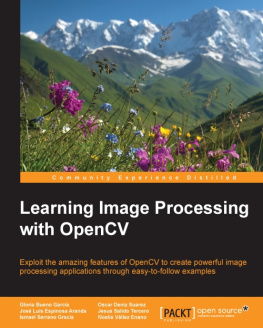
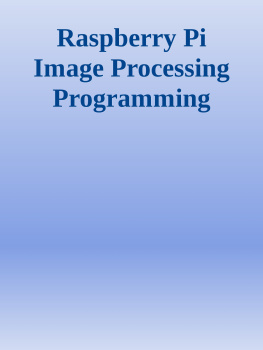

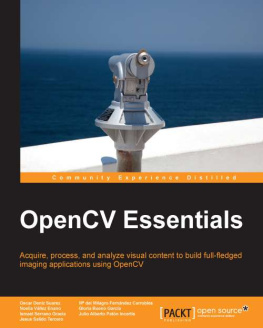
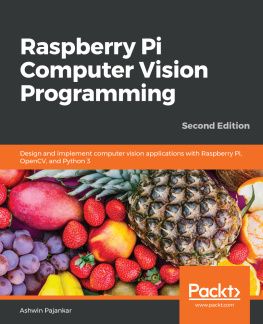
![Nicolas Modrzyk [Nicolas Modrzyk] - Java Image Processing Recipes: With OpenCV and JVM](/uploads/posts/book/119384/thumbs/nicolas-modrzyk-nicolas-modrzyk-java-image.jpg)
